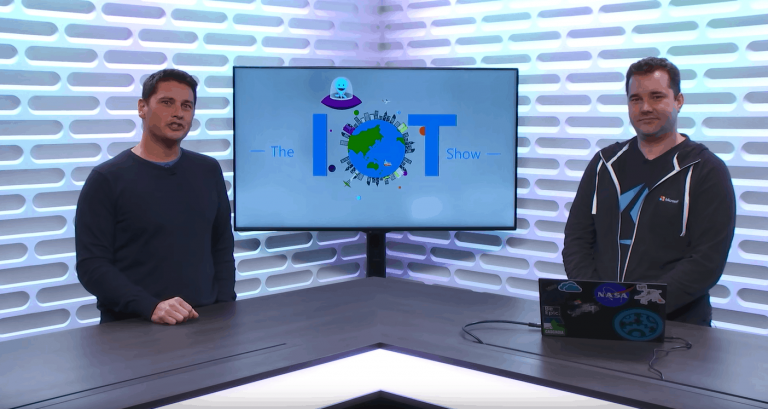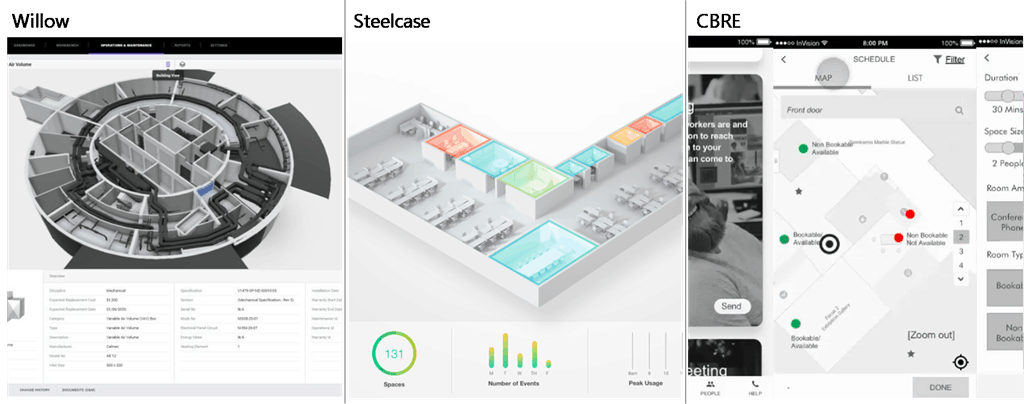Beyond the smart phone and tablet wars, the next horizon for adjacent technologies appears to be sensory and voice-initiated ambient computing.
The world of IoT is already outpacing purchase trends than its preceding computing technologies as more consumers load their vehicles, houses, apartments, office buildings and work environments with smart speakers, lights, scanners, sensors and more.
Microsoft is preparing its partners for the inevitable IoT future with its Azure Cloud Services offerings, more specifically, its recently released Azure Digital Twins platform looks to address spatial computing of the physical world.
During its, IT-focused Ignite 2018 conference, Microsoft announced the public preview of its comprehensive spatial awareness solution, Azure Digital Twins. Developers and engineers looking to apply spatial mapping software to their IoT device can now do so using the new ADT platform.
Now a month out from the announcement, Microsoft is fully releasing ADT to the general public according to the company’s Azure blog.
ADT offers more than spatial mapping, the new platform also includes the following:
Spatial intelligence graph: A virtual representation of a physical environment that models the relationships between people, places, and devices. This digital twin generates insights that allow organizations to build solutions that can improve energy efficiency, space utilization, occupant experience, and more. This includes blob storage, the ability to attach and store maps, documents, manuals, and pictures as metadata to the spaces, people, and devices represented in the graph. The image below provides a simple visual of what this graph could look like, and how it provides a hierarchical and layered approach that virtually represents a physical environment.
Twin object models: Azure Digital Twins also offers pre-defined schema and device protocols that align to a solution’s domain-specific needs to accelerate and simplify their creation. These benefits can apply to any interior or exterior space, as well as to infrastructure or even entire cities. Azure Digital Twins is applicable to customers that work with any type of environment; whether it be a factory, stadium, or grid. The twin object models are what enables this by allowing the graph to be fully customizable to align to the different needs of solutions.
Advanced compute capabilities: Users can define functions that generate notifications or events based on telemetry from devices and sensors. This capability can be applied in a variety of powerful ways. For example, in a conference room when a presentation is started in PowerPoint, the environment could automatically dim the lights and lower the blinds. After the meeting, when everyone has left, the lights are turned off and the air conditioning is lowered.
Data isolation via multi- and nested-tenancy capabilities: Users can build solutions that scale and securely replicate across multiple tenants and sub-tenants by leveraging built-in multi- and nested-tenancy capabilities to ensure data is isolated. Microsoft doesn’t want to compete in the application layer, but instead enable others to build on top of the Azure Digital Twins platform. The full multi and nested tenancy model enables organizations to build and sell to multiple end-customers in a way that fully secures and isolates their data.
Security through access control and Azure Active Directory (AAD): Role-Based Access Control and Azure Active Directory serve as automated gatekeepers for people or devices, specifying what actions are allowed—and helping to ensure security, data privacy, and compliance.
Integration with Microsoft services: Customers and partners can build out their solution by connecting Azure Digital Twins to the broader set of Azure analytics, AI, and storage services, as well as Azure Maps, Azure High-Performance Computing, Microsoft Mixed Reality, Dynamics 365, and Office 365. The integration with these services enables customers to build end-to-end best-in-class IoT solutions.
Developers and engineers can get their hands on Azure Digital Twins starting today, all that is needed is to create or use an existing Azure account. The Azure team suggest taking a look at the Azure Digital Documentation and quick start guides here before diving in. A quicker approach would probably be to watch the 11:37 video detailing Azure Digital Twins, here.



